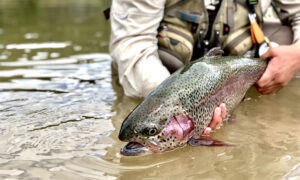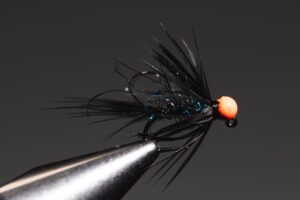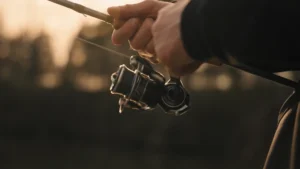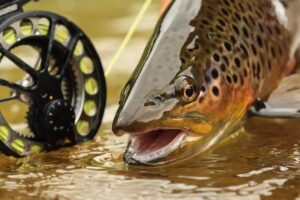Trout are one of the most sought-after freshwater fish in North America, loved by anglers for their beauty, fight, and presence in some of the most scenic waters on the planet. But not all trout are the same—far from it. From vibrant native species to hatchery-raised hybrids, each trout has its own look, behavior, and habitat. If you’ve ever wondered how to tell them apart, this guide will help you identify the most common (and uncommon) types of trout you’ll encounter on the water.
1. Rainbow Trout (Oncorhynchus mykiss)

Identification:
- Pink to reddish stripe along the sides
- Black spots on back, sides, dorsal, and tail fin
- Silvery belly and greenish or bluish back
Habitat: Rivers, streams, and lakes across North America; often stocked
Note: Rainbow trout are highly adaptable and one of the most commonly stocked trout species in the U.S.
2. Brown Trout (Salmo trutta)
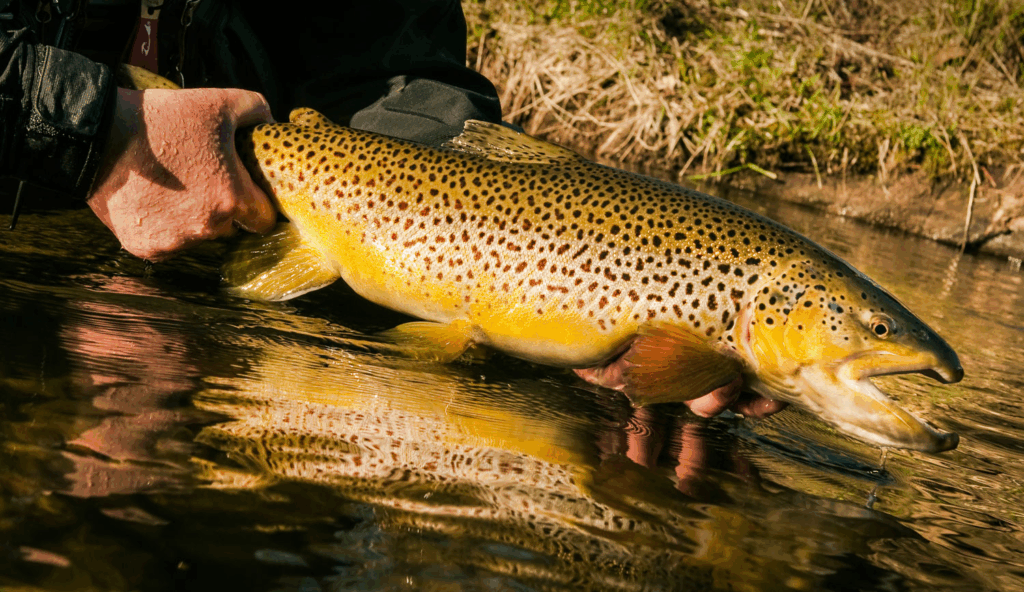
Identification:
- Golden-brown body with black and reddish-orange spots
- No spots on tail (unlike rainbows)
- Larger specimens often have a kyped (hooked) jaw
Habitat: Cooler streams and rivers, especially in the East and Midwest
Note: Originally from Europe, brown trout are now widespread in North American waters and known for their elusive, wary nature.
3. Brook Trout (Salvelinus fontinalis)
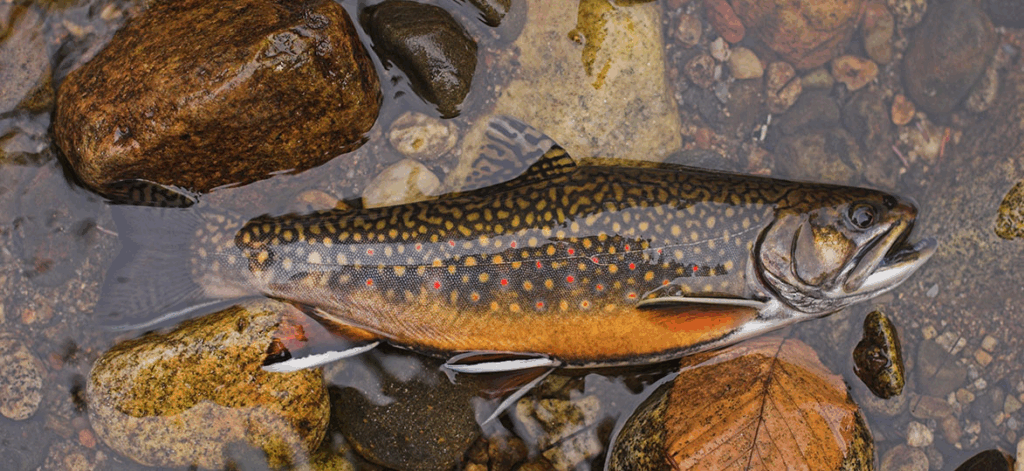
Identification:
- Olive-green to brown back with worm-like markings
- Bright red spots with blue halos
- White-edged fins with black and orange accents
Habitat: Cold, clean mountain streams and lakes in the East and upper Midwest
Note: Technically a char, not a true trout. Brookies are native to eastern North America and are sensitive to pollution.
4. Cutthroat Trout (Oncorhynchus clarkii)

Identification:
- Reddish-orange slash marks under the jaw
- Light body with irregular black spots (concentrated near tail)
- Color varies by subspecies and location
Habitat: Western U.S. rivers and streams, especially mountainous and high-elevation waters
Note: There are multiple subspecies (e.g., Yellowstone, Snake River, and Lahontan) with unique features and ranges.
5. Lake Trout (Salvelinus namaycush)
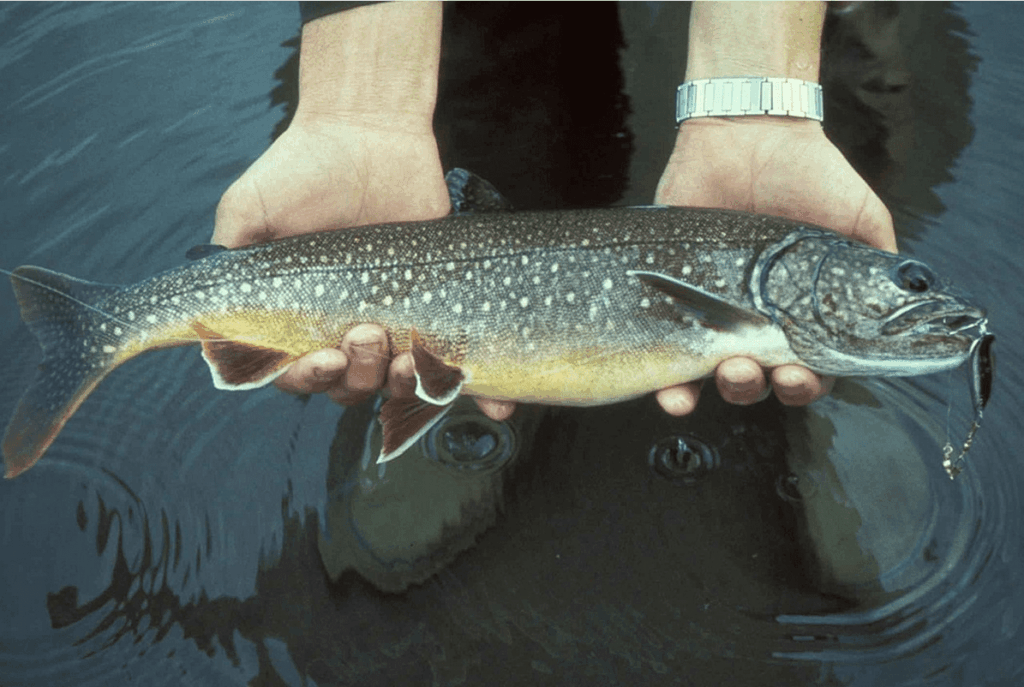
Identification:
- Silvery-gray body with light, irregular spots
- Deep forked tail
- Heavier-bodied than most trout
Habitat: Deep, cold lakes, especially in the northern U.S. and Canada
Note: Another member of the char family. Lake trout grow large and are known for deep-water trolling.
6. Golden Trout (Oncorhynchus aguabonita)

Identification:
- Bright golden-yellow body
- Red horizontal stripe
- Black spots mostly near tail and dorsal fin
Habitat: High-altitude lakes and streams in the Sierra Nevada of California
Note: Known as one of the most beautiful trout, but difficult to reach in their native alpine environments.
7. Tiger Trout (Hybrid)
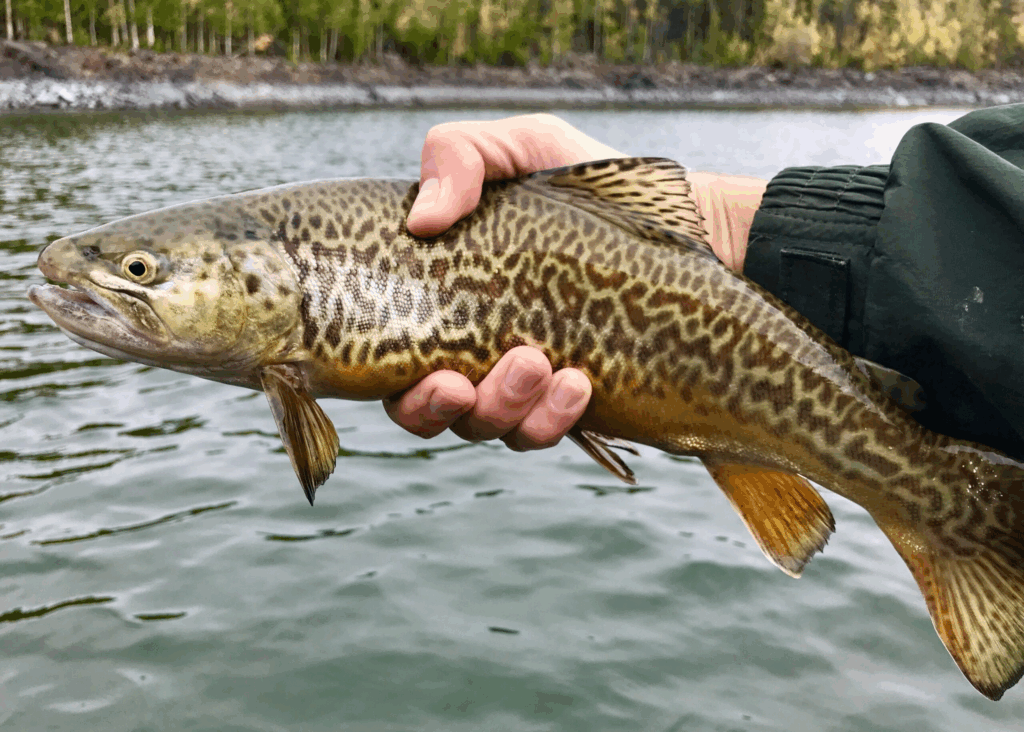
Identification:
- Dark, maze-like markings across the body
- Hybrid of a brook trout and a brown trout
- Typically brownish body with no red spots
Habitat: Stocked in select waters across the U.S.
Note: A sterile hybrid with aggressive feeding habits—great fighters on light tackle.
8. Gila and Apache Trout (Southwestern Natives)

Identification:
- Yellow to gold bodies
- Fine spotting and subtle cheek slashes
- Small in size but vibrant in appearance
Habitat: Isolated streams in Arizona and New Mexico
Note: Both species are protected and rare, with limited fishing opportunities under strict regulation.
Final Thoughts
Knowing how to identify the different types of trout not only adds to your fishing knowledge—it helps with ethical angling and conservation. Whether you’re chasing native cutthroats in a remote mountain stream or hooking into a hefty brown in a tailwater, each trout tells its own story. Pay attention to their features, respect their habitats, and enjoy the diverse world of trout fishing.




